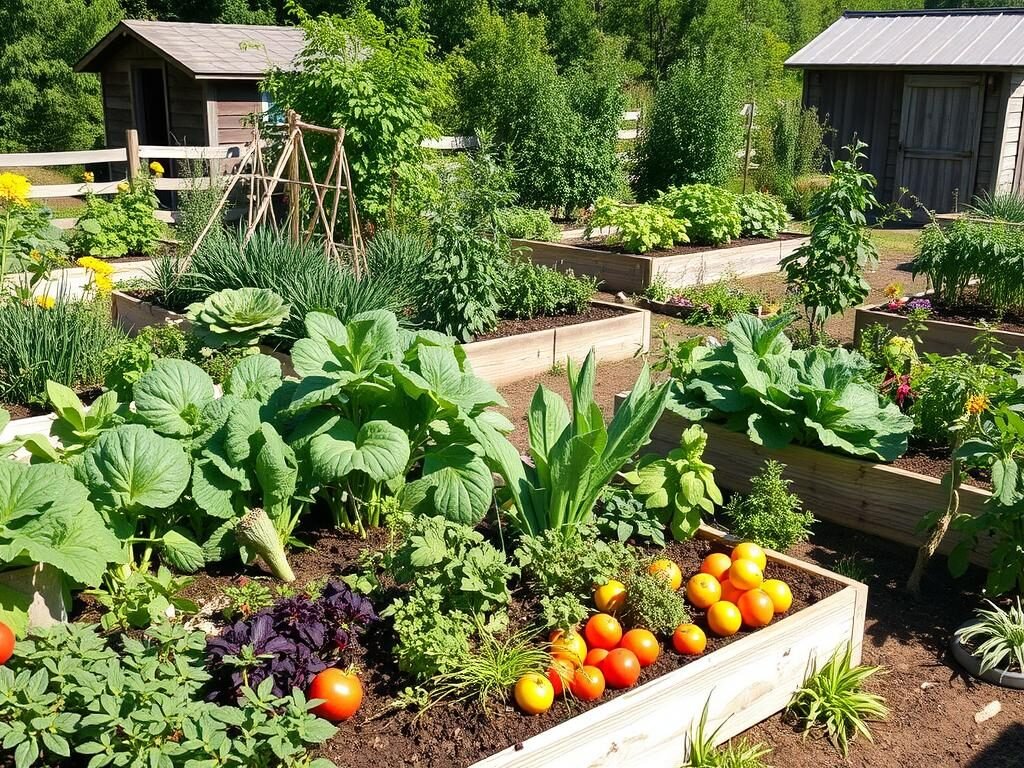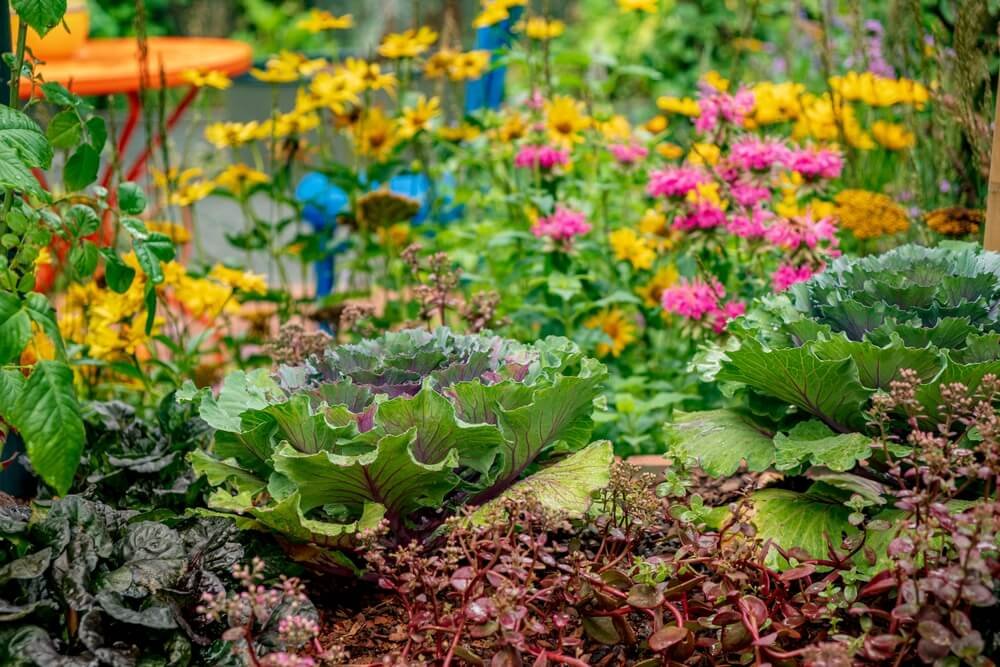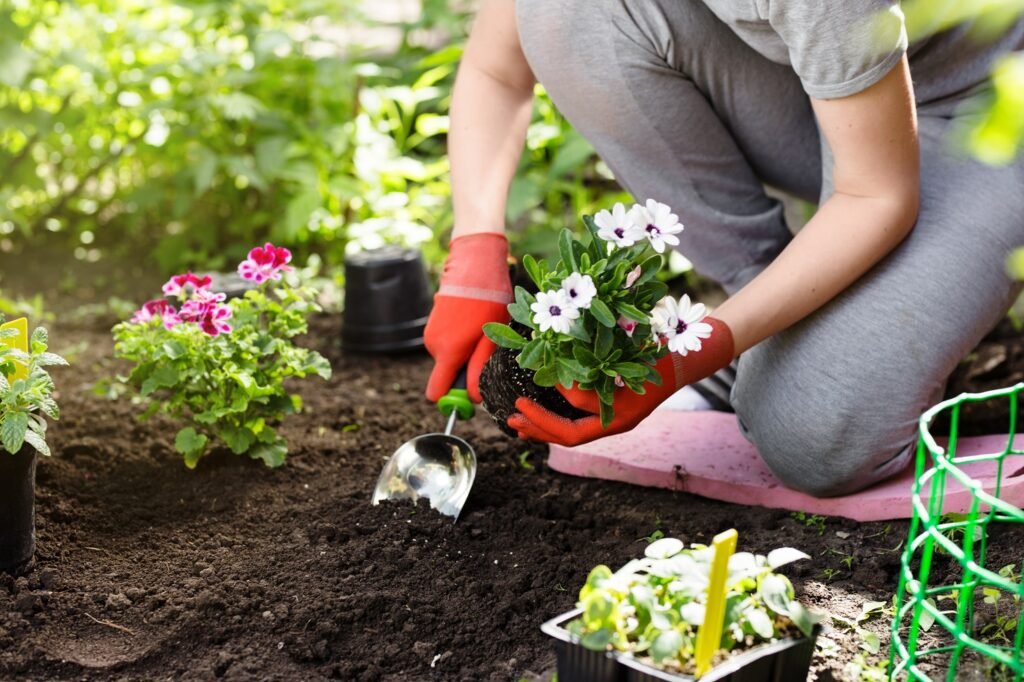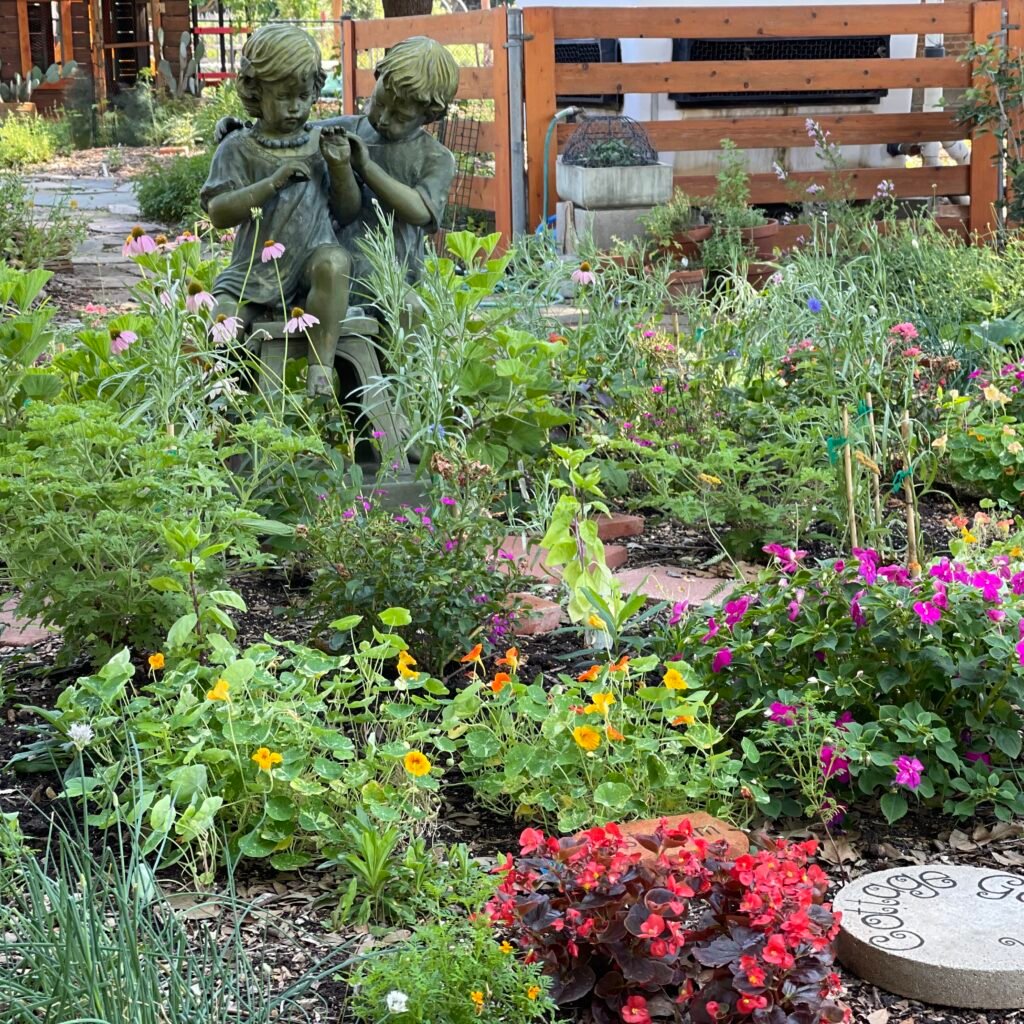As the days grow shorter and temperatures begin to cool, many gardeners assume the end of summer means the end of the gardening season. But in truth, fall offers an exciting opportunity to extend your harvests, refresh your flower beds, and prepare your garden for the colder months ahead. Transitioning your summer garden into fall is not just about tidying up fading blooms; it’s about rethinking your outdoor space to embrace autumn’s beauty while setting the stage for next year’s success.
This article will walk you through practical steps and strategies to smoothly transition your summer garden into fall, from soil preparation and crop rotation to fall flower planting and frost protection. By the end, you’ll see how fall gardening can be just as rewarding—if not more—than the height of summer.
Why Transitioning Matters
Shifting from summer to fall gardening is more than a seasonal cleanup; it’s a proactive step in maintaining your garden’s long-term health and productivity. Here’s why it’s important:

- Maximize harvests: Many vegetables and herbs thrive in cooler weather, giving you fresh crops well into late fall.
- Reduce pest and disease risks: Removing summer debris prevents overwintering pests and fungal infections.
- Prepare for winter: By tending to soil and perennials now, you’ll reduce spring workload.
- Enhance seasonal beauty: Fall flowers, ornamental grasses, and foliage plants add charm and color as trees change.
With this foundation, let’s dive into the practical steps.
Step 1: Evaluate and Clear Out Summer Crops
The first step in transitioning is to take stock of what’s thriving and what’s fading in your summer garden.
What to Do:
- Remove spent plants: Pull out old tomato vines, bean plants, and other crops that have stopped producing. Compost healthy plant matter, but discard diseased material to prevent contamination.
- Harvest what’s left: Gather the last of peppers, cucumbers, and zucchini before cold nights slow them down. Green tomatoes can be ripened indoors.
- Cut back perennials: Trim herbs like basil, mint, and oregano to encourage one last flush of growth.
This step clears space for fall plantings and helps keep your garden tidy and disease-free.
Step 2: Refresh and Replenish the Soil

Summer crops are heavy feeders, often depleting soil nutrients. Before planting fall vegetables or flowers, replenish the soil.
Tips for Healthy Fall Soil:
- Add compost: Spread a 2–3 inch layer of compost or well-rotted manure over garden beds to restore fertility.
- Test pH: Cool-season crops like broccoli and kale prefer slightly acidic soil (pH 6.0–6.5). Adjust with lime or sulfur as needed.
- Aerate: Loosen compacted soil with a garden fork to improve drainage and root growth.
Well-prepared soil is the backbone of a thriving fall garden.
Step 3: Choose the Right Fall Crops
Many vegetables actually prefer cooler conditions, making fall the perfect time to grow them.
Top Fall Vegetables:
- Leafy greens: Kale, spinach, Swiss chard, and lettuce thrive in cooler temperatures and often become sweeter after frost.
- Root vegetables: Carrots, beets, radishes, and turnips store sugars in their roots, resulting in crisp, flavorful harvests.
- Brassicas: Broccoli, cabbage, cauliflower, and Brussels sprouts flourish in fall gardens and resist light frost.
- Garlic: Fall planting ensures a summer harvest next year.
Timing Matters
Plant 6–8 weeks before your region’s first expected frost. For late crops, use cold frames, row covers, or cloches to extend the season.
Step 4: Incorporate Fall Flowers for Color

A fall garden doesn’t have to be only about vegetables. Adding seasonal flowers enhances beauty and attracts pollinators that benefit your crops.
Best Fall Flowers:
- Chrysanthemums (Mums): Classic fall bloomers in shades of gold, bronze, and purple.
- Pansies and Violas: Hardy and colorful, lasting through light frosts.
- Asters: Daisy-like flowers that bloom into late October.
- Ornamental kale and cabbage: Vibrant foliage plants that intensify in color as temperatures drop.
Plant these alongside pumpkins and ornamental grasses for a true autumn display.
Step 5: Mulch and Protect Against Frost
As October approaches, frost becomes a real threat. Protecting your garden ensures a longer harvest and healthier soil.
Frost Protection Strategies:
- Mulch heavily: Apply straw, shredded leaves, or wood chips to insulate soil and protect roots.
- Use row covers: Lightweight fabric row covers shield tender plants from cold nights.
- Cold frames and hoop houses: These structures extend the growing season by weeks or even months.
Even a simple blanket over your plants during frost warnings can make a big difference.
Step 6: Care for Perennials and Bulbs

Perennials and bulbs require special attention in fall to ensure they survive winter and bloom beautifully in spring.
Tasks to Complete:
- Cut back perennials: Trim spent stems of hostas, daylilies, and coneflowers. Leave seed heads on echinacea and sunflowers for birds.
- Divide overcrowded plants: Fall is an ideal time to divide perennials like irises or peonies.
- Plant spring bulbs: Daffodils, tulips, and hyacinths should be planted in fall to bloom in early spring.
These efforts create a seamless seasonal transition and prepare your garden for its next cycle.
Step 7: Add Seasonal Décor and Structure
A fall garden is not just about function; it’s about creating beauty and atmosphere.
Ideas for Seasonal Flair:
- Pumpkin displays: Arrange pumpkins and gourds around flower beds or garden paths.
- Ornamental grasses: Tall grasses like fountain grass or switchgrass add movement and texture.
- Rustic touches: Hay bales, scarecrows, or lanterns give your garden a cozy, festive look.
By blending crops, flowers, and décor, you’ll create a garden that celebrates fall while remaining productive.
Step 8: Maintain and Monitor Regularly

Fall gardening requires consistent attention, even though cooler weather reduces some challenges.
- Watering: Don’t neglect irrigation; autumn rains aren’t always enough. Water deeply but less frequently.
- Pest control: Slugs and aphids may still appear—use organic deterrents like diatomaceous earth or neem oil.
- Weeding: Weeds compete for nutrients even in fall. Remove them regularly.
A little maintenance now prevents major issues later.
Step 9: Plan Ahead for Next Year
One of the best benefits of fall gardening is the chance to prepare for spring.
Forward-Thinking Steps:
- Crop rotation: Map out where fall crops will go to avoid depleting the same soil year after year.
- Cover crops: Sow clover, rye, or vetch to enrich soil and prevent erosion over winter.
- Garden journal: Record what worked well this season and what you’ll adjust next year.
By planning ahead, you’ll step into spring with less stress and greater success.
Final Thoughts
Transitioning your summer garden into fall isn’t about saying goodbye to growth and beauty—it’s about embracing a new season of possibilities. By clearing out summer crops, replenishing soil, planting fall vegetables and flowers, protecting against frost, and preparing perennials and bulbs, you’ll keep your garden vibrant and productive well beyond summer’s end.
Fall gardening not only rewards you with crisp, flavorful harvests and dazzling flowers but also prepares your soil and plants for a thriving spring. With a little planning and care, your garden can transition seamlessly from summer abundance to autumn splendor, proving that every season holds its own magic.
So don’t pack away those garden tools just yet—your best gardening days may still be ahead this fall.

Leave A Comment